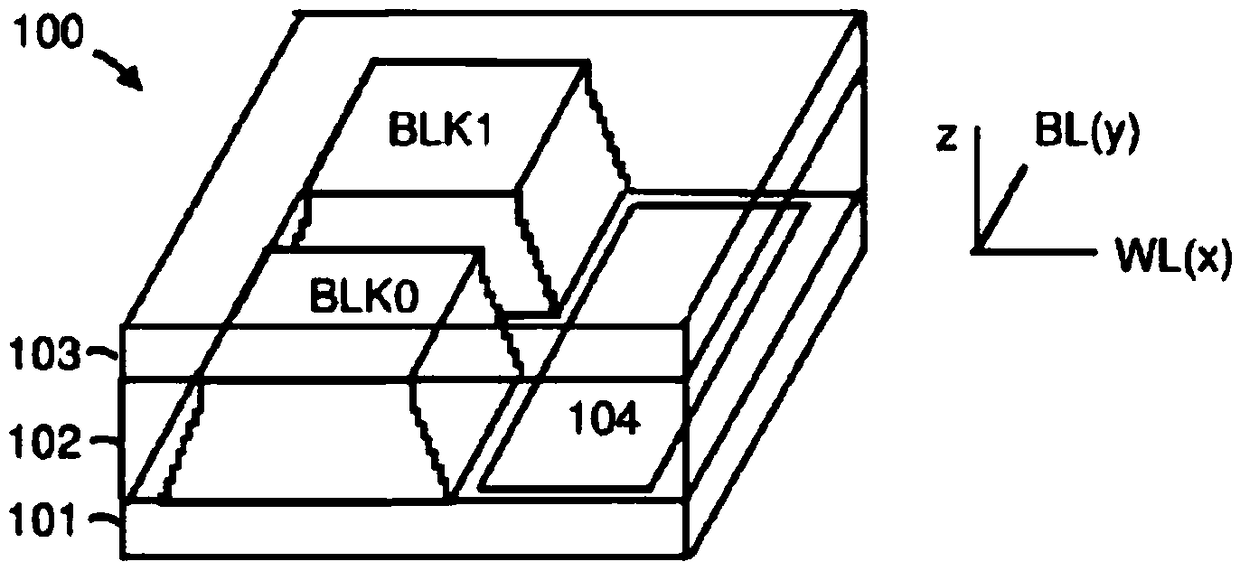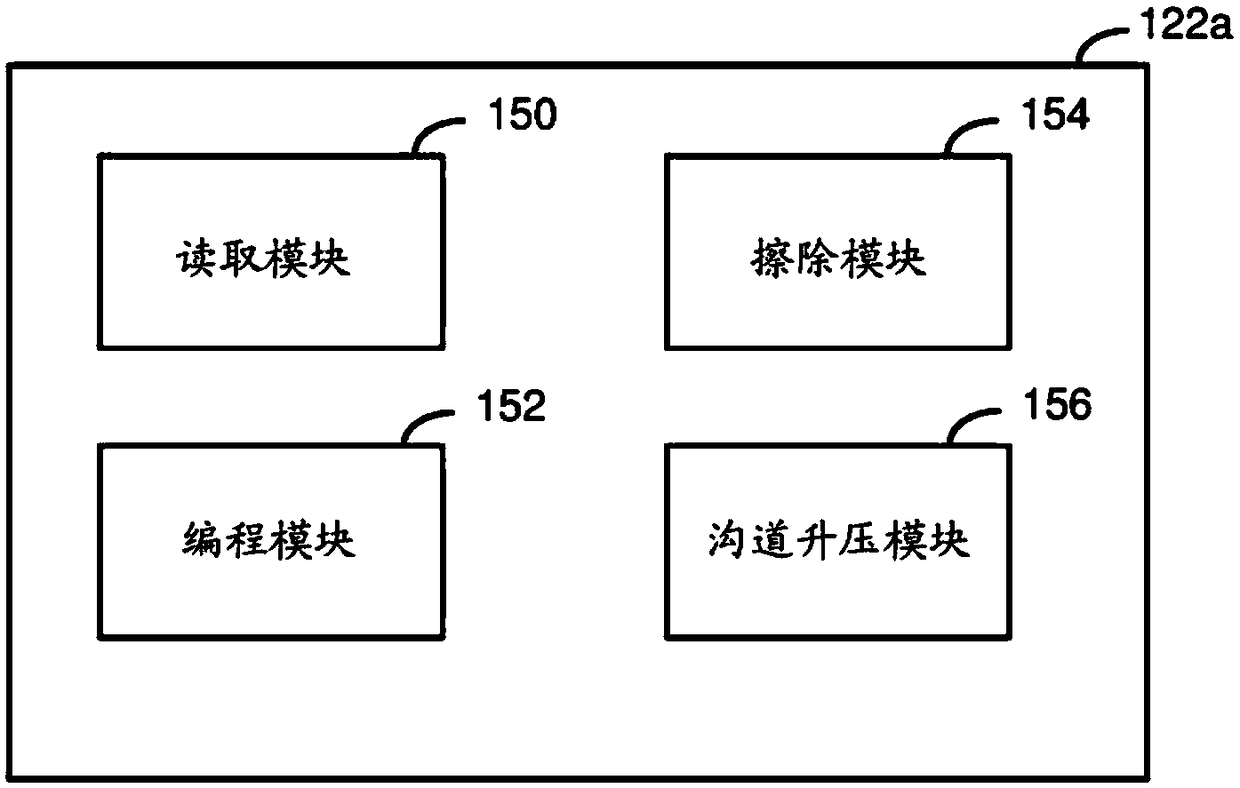Multi-state program using controlled weak boosting for non-volatile memory
A technology of memory cells and memory arrays, which is applied in the field of memory and can solve problems such as long time
- Summary
- Abstract
- Description
- Claims
- Application Information
AI Technical Summary
Problems solved by technology
Method used
Image
Examples
Embodiment Construction
[0037] In multi-state programming, where memory cells are programmed to multiple target states simultaneously, a typical program operation for NAND memory sets selected bit lines to ground and unselected bit lines to a program inhibit voltage; line is raised from ground to Vpass; a programming pulse is then applied to the selected word line of the bias array. Since all cells are programmed at about the same rate, this means that the lowest state can complete earlier than the highest state. For example, in a four-bit-per-cell arrangement, programming of the lowest state can be done after about, say, twelve pulses, while the highest state can take as much as 40 pulses.
[0038] The technique described below allows all cells to be programmed with about the same number of pulses, regardless of the target state, so that they all complete in, say, 12 pulses. This is done using a biasing process of the array prior to applying a pulse to the selected word line, during which the chann...
PUM
 Login to view more
Login to view more Abstract
Description
Claims
Application Information
 Login to view more
Login to view more - R&D Engineer
- R&D Manager
- IP Professional
- Industry Leading Data Capabilities
- Powerful AI technology
- Patent DNA Extraction
Browse by: Latest US Patents, China's latest patents, Technical Efficacy Thesaurus, Application Domain, Technology Topic.
© 2024 PatSnap. All rights reserved.Legal|Privacy policy|Modern Slavery Act Transparency Statement|Sitemap



